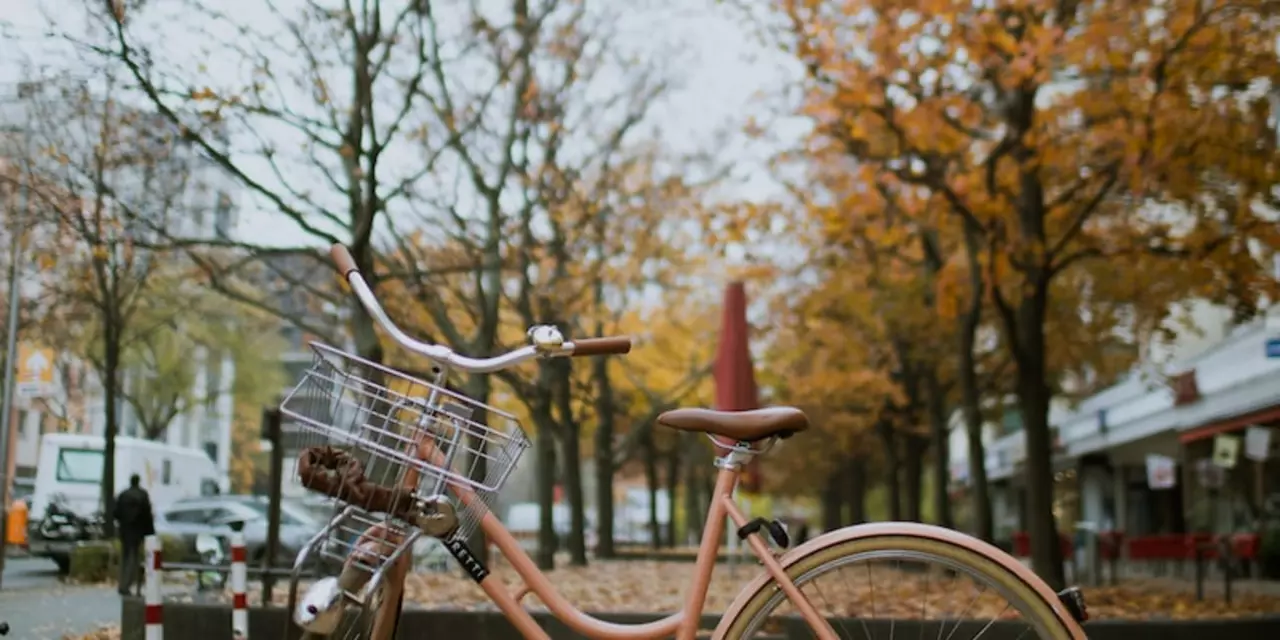SEARCH
Roads Tag – Your Go‑To Spot for Road Cycling on BMX Cycling Hub
If you love hitting the pavement, the Roads tag is where you’ll find everything you need. From bike set‑ups to training tricks, this page pulls the best posts together so you can improve your ride without digging through the whole site.
Essential Road Bike Gear
First things first – the bike. A road bike doesn’t have to break the bank, but a few key parts make a huge difference. Look for a lightweight aluminum or carbon frame if you can; it saves energy on climbs. Pair it with a reliable groupset – Shimano 105 or SRAM Rival give smooth shifts at a reasonable price.
Wheels matter too. Wider rims (often 20‑25 mm) keep your tires stable and lower rolling resistance. If you ride in wet weather, choose tires with a bit of tread or a lower pressure to improve grip.
Don’t forget the basics: a good helmet, fitted shoes, and clear lenses. Clipless pedals let you pull up on the upstroke, giving you a more efficient pedal stroke. And a pair of breathable, padded shorts will keep you comfortable on long rides.
Training and Riding Tips
Getting faster on the road is mostly about consistency. Aim for three rides a week: one long endurance ride, one interval session, and one easy spin to recover. For intervals, try a 5‑minute effort at near‑race pace followed by 5 minutes easy, repeat four times. This builds the power you need for hills and sprints.
Nutrition is simple – drink water regularly and add electrolytes on rides longer than an hour. Eat a small carb snack (like a banana or energy bar) about 30 minutes before you start to keep your energy steady.
When you’re out on the road, keep your eyes on the line and stay relaxed. A slight bend in your elbows helps absorb bumps and saves your shoulders. Shift gears before you hit a hill so you stay in a comfortable cadence; fighting the gears wastes energy.
If you’re racing, learn the art of drafting. Riding just a wheel length behind another rider cuts wind resistance by up to 30 %. Stay smooth, avoid sudden moves, and you’ll finish stronger.
Finally, track your progress. A basic bike computer or a smartphone app records distance, speed, and heart rate. Reviewing this data helps you see where you’re improving and where you need work.
All the posts under the Roads tag share real‑world experiences – from how pro female cyclists handle nature calls during long races to how long it takes to become a cat‑1 road racer. Dive into those stories for extra motivation and practical hacks you won’t find in a generic guide.
Whether you’re a beginner looking for a first bike set‑up or a seasoned rider hunting advanced training plans, the Roads tag has you covered. Bookmark this page, check back for new posts, and keep pedaling toward your next goal.

Is it safe riding a bicycle on Boston roads?
Riding a bicycle in Boston is generally considered safe, but cyclists should be aware of several risks that can present themselves when navigating the roads. It is important to wear a helmet, obey the rules of the road and use hand signals to communicate with other drivers. Additionally, cyclists should be aware of the dangers of riding in traffic and should be sure to stay visible and alert. Furthermore, it is important to plan ahead and familiarize oneself with bike-friendly routes. Taking these steps will reduce the risks associated with cycling in Boston and make the experience both enjoyable and safe.
Continue reading
Is it safe riding a bicycle on Boston roads?
Riding a bicycle in Boston can be a safe and enjoyable experience. The city has invested heavily in bike infrastructure, including lane separations, improved signage, and dedicated bike paths. The city also provides resources for cyclists, including bike safety classes, information about bike laws, and repair shops. Despite the city's efforts, cyclists should still exercise caution when riding, as many drivers are not used to sharing the road with cyclists. Cyclists should always wear a helmet, obey traffic laws, and use reflective clothing or lights when riding at night.
Continue reading